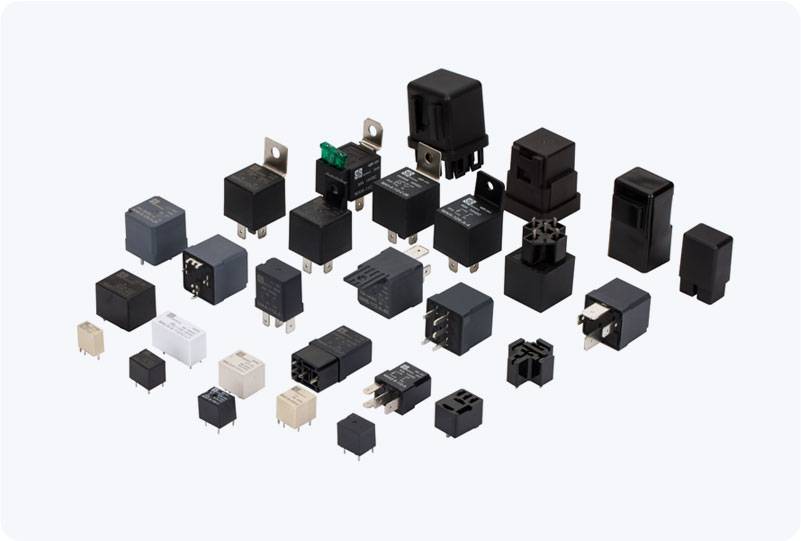The Cooling System Relay is a crucial component in the automotive industry and other machinery, playing a vital role in controlling the cooling system’s operation. It ensures that the cooling components, such as radiator fans and water pumps, operate efficiently to maintain the optimal temperature of the engine. Without the proper functioning of this relay, the cooling system would not be able to operate reliably, potentially leading to engine overheating and failure. This article will explore the significance of the cooling system relay, how it works, and its common issues.

What is a Cooling System Relay? A cooling system relay is an electrical switch used to control the operation of the cooling components in a vehicle or machinery. It is designed to handle the high electrical current needed to power components like radiator fans and water pumps while being activated by a relatively low current signal. The relay allows the electrical circuit to remain safe and efficient, as it isolates the high current circuitry from the control circuit. In simple terms, the relay acts as a bridge between the vehicle’s Engine Control Unit (ECU) or temperature sensor and the high-power cooling components. The ECU sends a low voltage signal to the relay, which in turn activates the cooling system components. This setup prevents the wear and tear of the control switches, reduces the risk of electrical malfunctions, and enhances the overall longevity of the system.